Amateur photographer
Following the French expeditionary force, cameras and photography were introduced to Vietnam in the mid-19th century. However, most of the photos that remain today about the people, architecture and landscapes of Vietnam during the early French colonial period were taken by the French.
Looking back at the history of Vietnamese photography from 1850 to 1950, we would like to give special thanks to photographers Émile Gsell, Pierre Dieulefils, Charles-Édouard Hocquard, Fernand Nadal, Firmin André Salles, John Thomson... While Dieulefils and Hocquard took campaign photos in the North, in the Central region, Camille Paris (1856 - 1908) took many photos of the residents, life, landscapes and architecture of the provinces of Quang Nam, Tourane (present-day Da Nang ) and Hue.
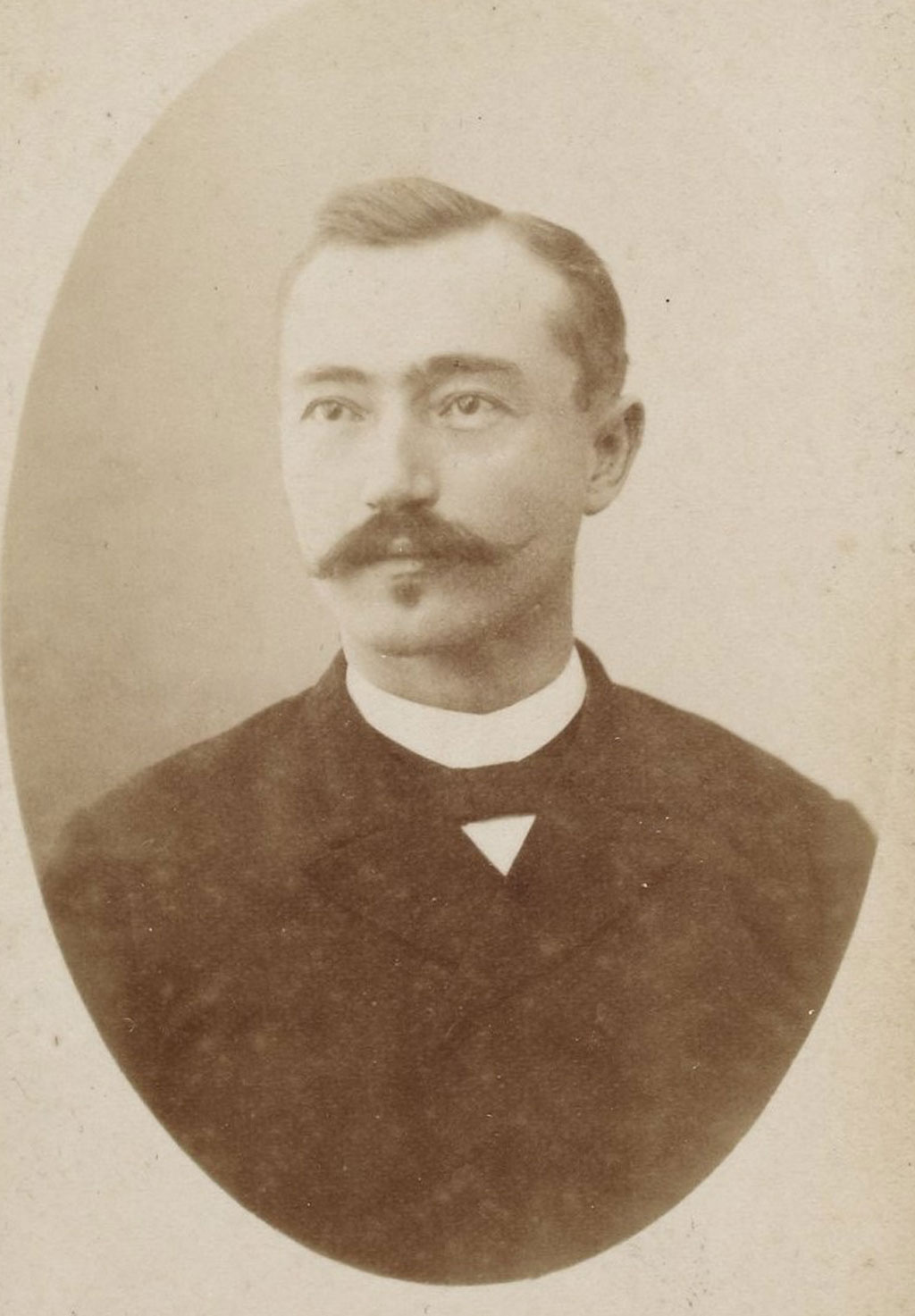 Camille Paris
Camille Paris
Living in Central Vietnam for a long time, because of work, Paris had the opportunity to travel a lot. Because of his curiosity and partly his ethnological nature, he took hundreds of photos of people, folk games, landscapes, temples, and Vietnamese architecture in the late 19th century. These were market scenes, makeup artists, buffaloes, fields, naked women bathing by the well, fishermen... in Tourane (Da Nang); citadels, military posts, pagodas, bamboo bridges, mandarins, workers at Nong Son mine, Cham towers and statues, steles in Quang Nam; Minh Mang tomb, Thieu Tri tomb in Hue. In addition, he also took many interesting photos of people, noble families, beheading scenes... in Hanoi, Bac Ninh with detailed notes under each photo.
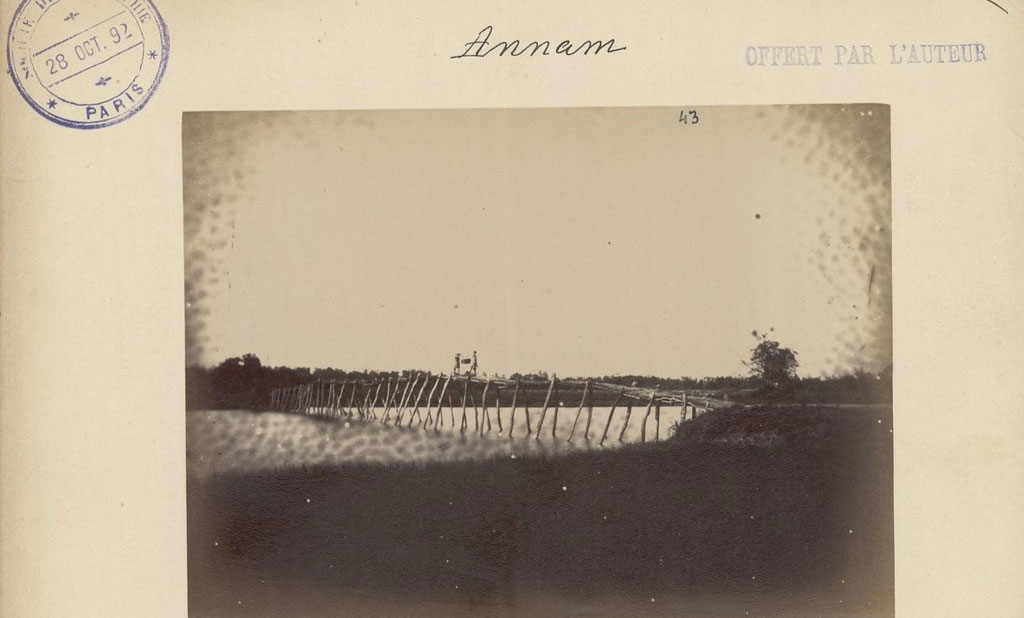 A bridge in Quang Nam photographed by Camille Paris in 1892
A bridge in Quang Nam photographed by Camille Paris in 1892
Vietnam scholar
From French sources, we know that Camille Paris was born in Lunéville (France) on September 10, 1856. He participated in the Tonkin campaign in 1884 - 1885 as a marine, then transferred to work in the postal and telegraph industry, responsible for building the Central telegraph line from Hue to Saigon in the period 1885 - 1889. He was called "the Westerner with the steel wire" by the Vietnamese at that time.
Paris took over the post office in Tourane in 1894, then invested in agriculture (1895) in Phong Le, a few kilometers south of Tourane, with a coffee plantation on which he found many Cham vestiges. Since then, Paris devoted himself to cartography, ethnology, and especially archaeology.
He lived close to the Vietnamese people, interested in the lives of French-Vietnamese mixed-race people, missionaries and missionary societies. In March 1904, he published an article about the fate of abandoned mixed-race children with the title De la Condition juridique des métis dans les colonies et possessions françaises des métis franco-annamites de l'Indochine (On the legal status of mixed-race people in French colonies and territories: Annamese-French mixed-race people in Indochina).
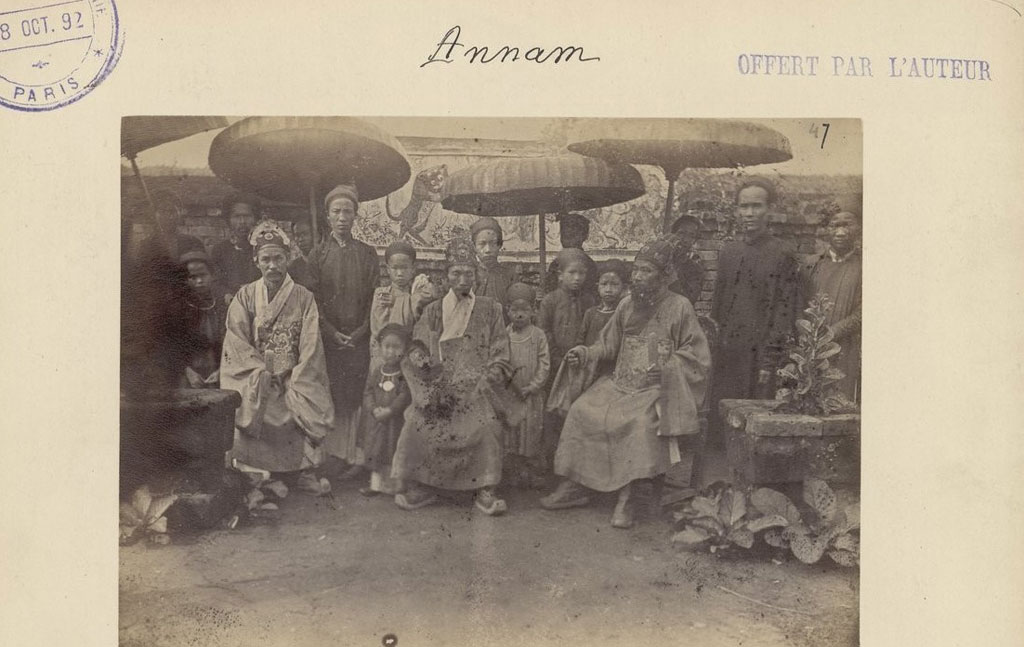 The mandarins (sitting) in Quang Nam photographed by Camille Paris in 1892
The mandarins (sitting) in Quang Nam photographed by Camille Paris in 1892
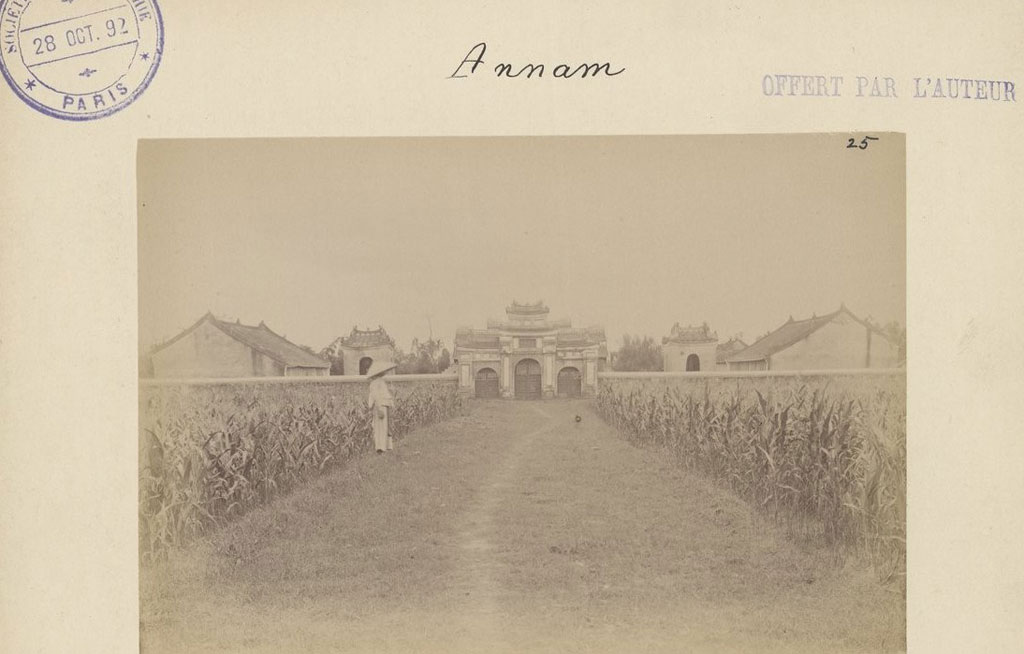 Pagoda in Quang Nam photographed by Camille Paris in 1892
Pagoda in Quang Nam photographed by Camille Paris in 1892
In 1894, he published a 46-page book on tea in Central Vietnam (Le Thé d'Annam ); in 1895, he published a 95-page book titled Le Café d'Annam: étude pratique sur sa culture (Coffee in Central Vietnam: practical study of agriculture).
In June 1896, Paris was assigned to research Cham architectural works in Central Vietnam. The research lasted from December 16, 1896 to June 12, 1897, digging deep into the southern border of ancient Champa.
Camille Paris is known as the discoverer of the My Son sanctuary in 1889. Together with pioneering researchers Henri Parmentier and Charles Carpeaux, he contributed to laying the foundation for the study of Champa art.
He also published a number of research books/newspapers on history and anthropology related to Vietnam such as: Abrégé de L'Histoire D'An-Nam de 2874 Avant J.-C, A 1890 ere Chrétienne (A Brief History of Annam from 2874 BC to 1890), Les ruines Tjames de Tra-Kéou, prov. de Quang Nam (An Nam) (Cham ruins in Tra Kieu, Quang Nam province (Central Vietnam)); Les ruines Tjames de la prov. de Quang Nam (Tourane) (Cham ruins in Quang Nam province (Tourane)). In addition, together with Ch.Emonts, he published many drawings and maps related to Cham ruins in My Son, Ha Trung lagoon, maps from Tourane to My Son, journeys to Bac Ky, routes in Quang Tri, Quang Binh ... which are very valuable for geographical research; and many other studies have been published in France and Hanoi.
In 1889, Paris published the most important book Voyage d'exploration de Hué en Cochinchine par la Route mandarine (Travel to Central Vietnam along the mandarin route), recording what was seen and heard in many fields related to the Central strip of Vietnam.
He died during the expedition in 1908. Similar to the Vietnamese scholars Dumoutier and Cadière, Paris lived in Vietnam for more than 20 years and died in this land, as the "career" they chose: living - dying, attached to the people, culture and history of Annam.
Source: https://thanhnien.vn/ong-tay-day-thep-phat-hien-thanh-dia-my-son-1851079404.htm



![[Photo] General Secretary To Lam meets with veteran revolutionary cadres, meritorious people, and exemplary policy families](https://vstatic.vietnam.vn/vietnam/resource/IMAGE/2025/4/15/7363ba75eb3c4a9e8241b65163176f63)
![[Photo] Air Force actively practices for the April 30th celebration](https://vstatic.vietnam.vn/vietnam/resource/IMAGE/2025/4/15/16fdec3e42734691954b853c00a7ce01)
![[Photo] Ho Chi Minh City after 50 years of national reunification through buildings and symbols](https://vstatic.vietnam.vn/vietnam/resource/IMAGE/2025/4/15/a224d0b8e489457f889bdb1eee7fa7b4)
![[Photo] National Assembly Chairman Tran Thanh Man attends the summary of the organization of the Conference of the Executive Committee of the Francophone Parliamentary Union](https://vstatic.vietnam.vn/vietnam/resource/IMAGE/2025/4/15/fe022fef73d0431ab6cfc1570af598ac)
![[Photo] Welcoming ceremony for Prime Minister of the Federal Democratic Republic of Ethiopia Abiy Ahmed Ali and his wife](https://vstatic.vietnam.vn/vietnam/resource/IMAGE/2025/4/15/77c08dcbe52c42e2ac01c322fe86e78b)
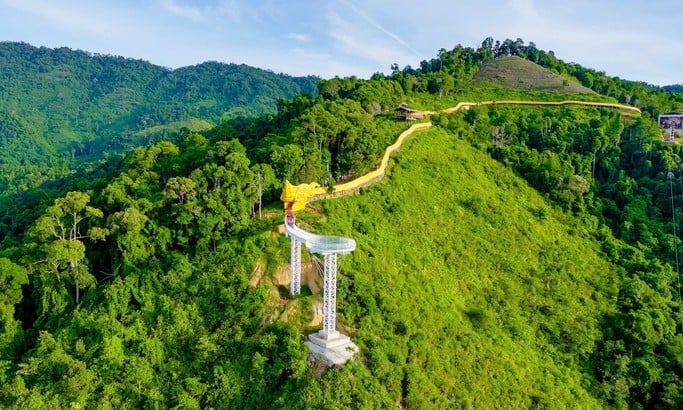

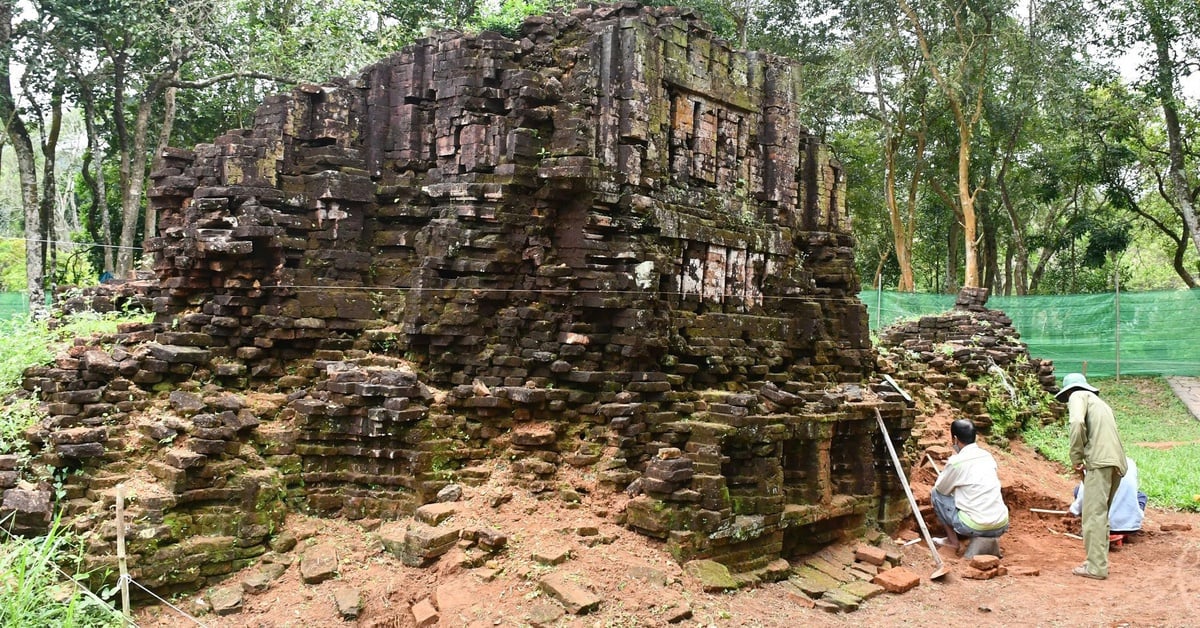

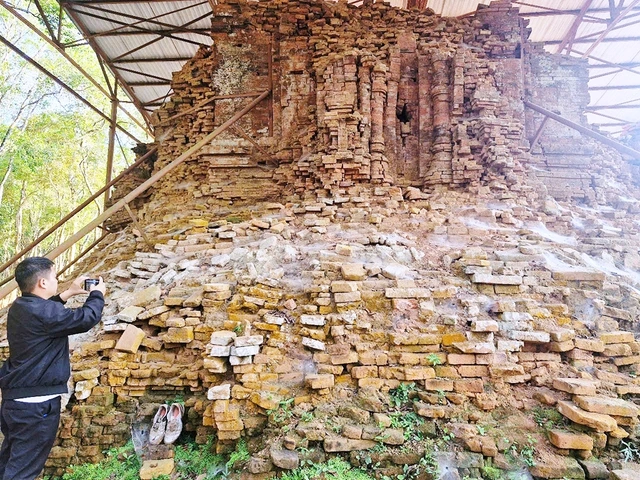


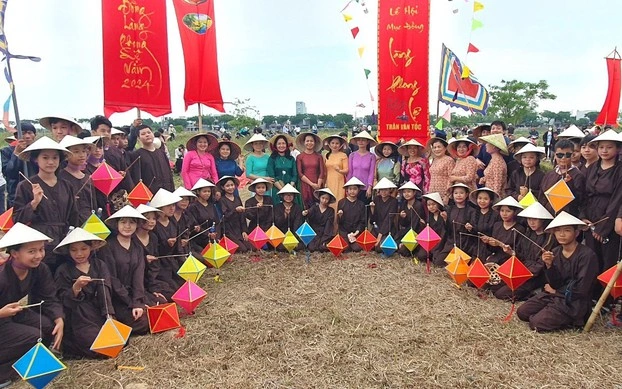
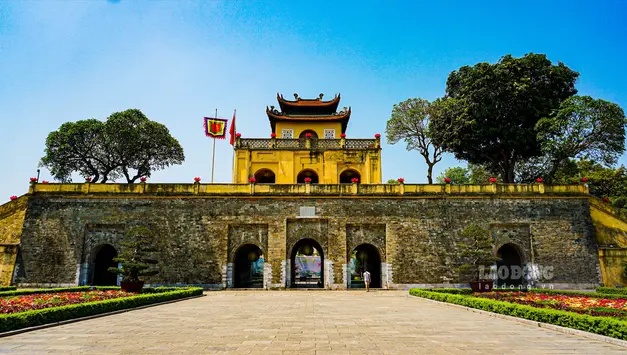

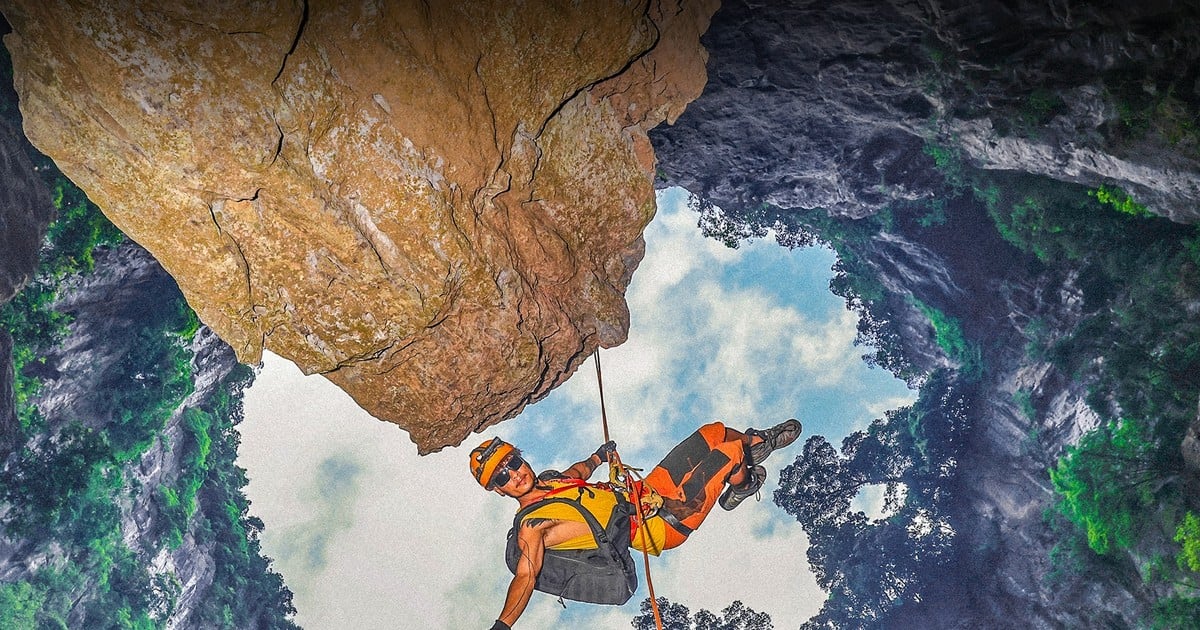

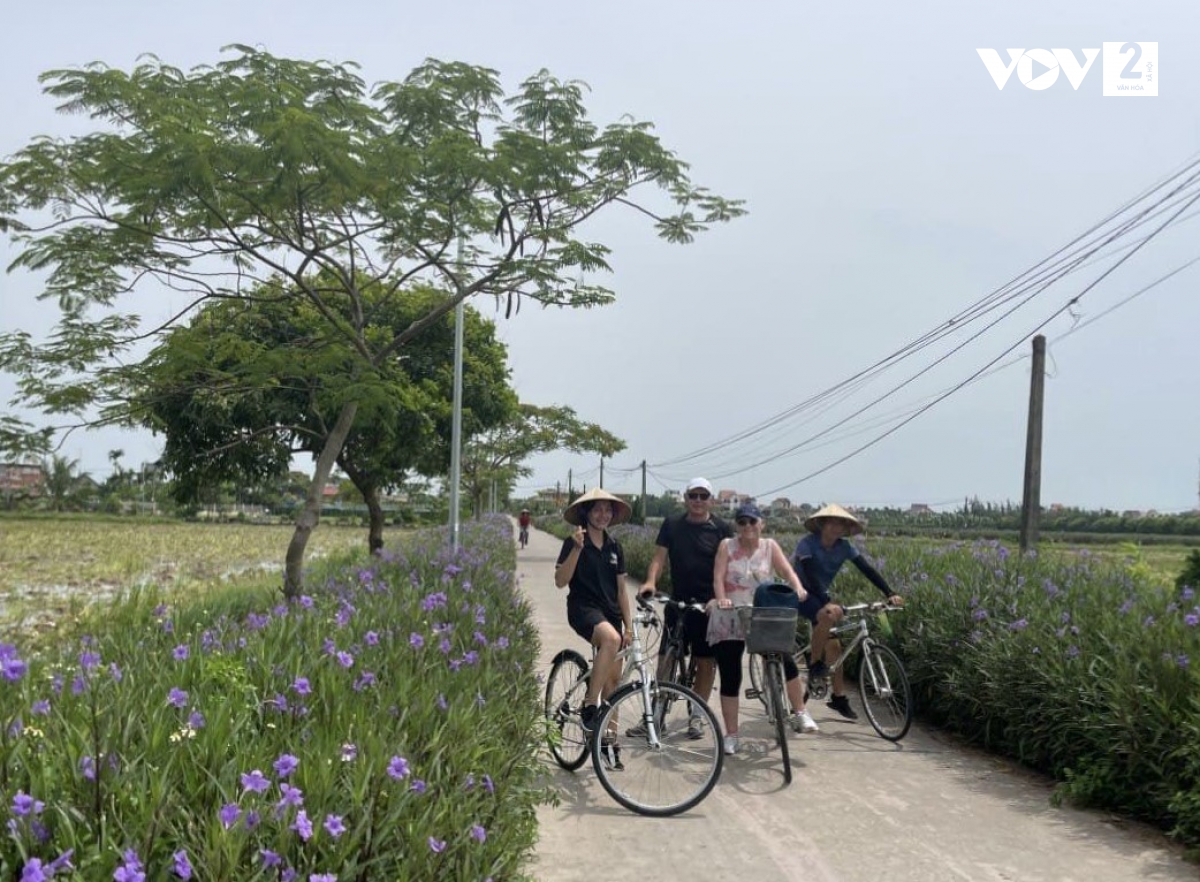
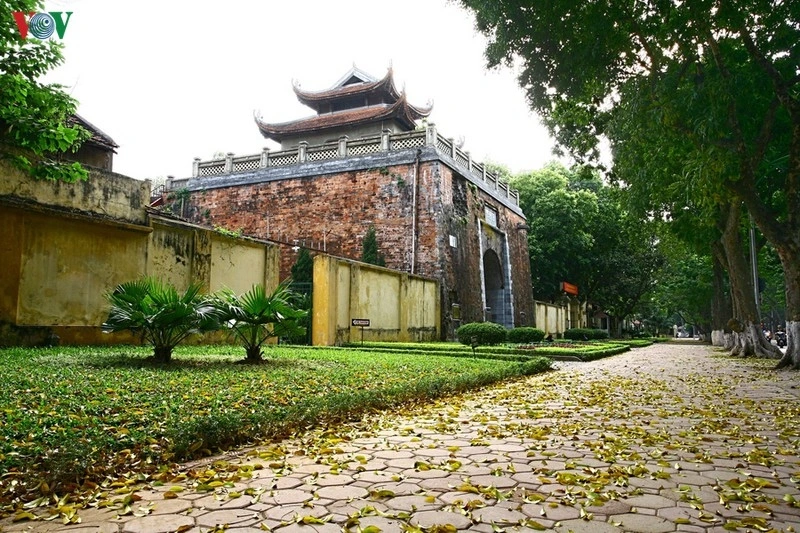
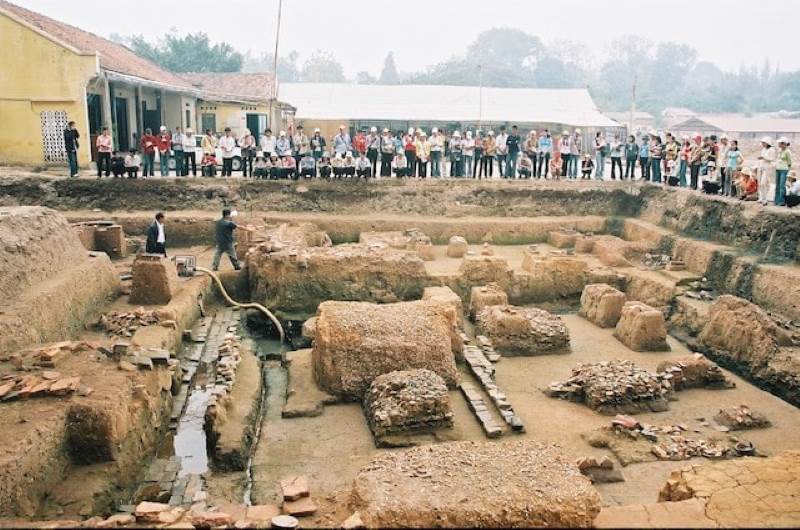




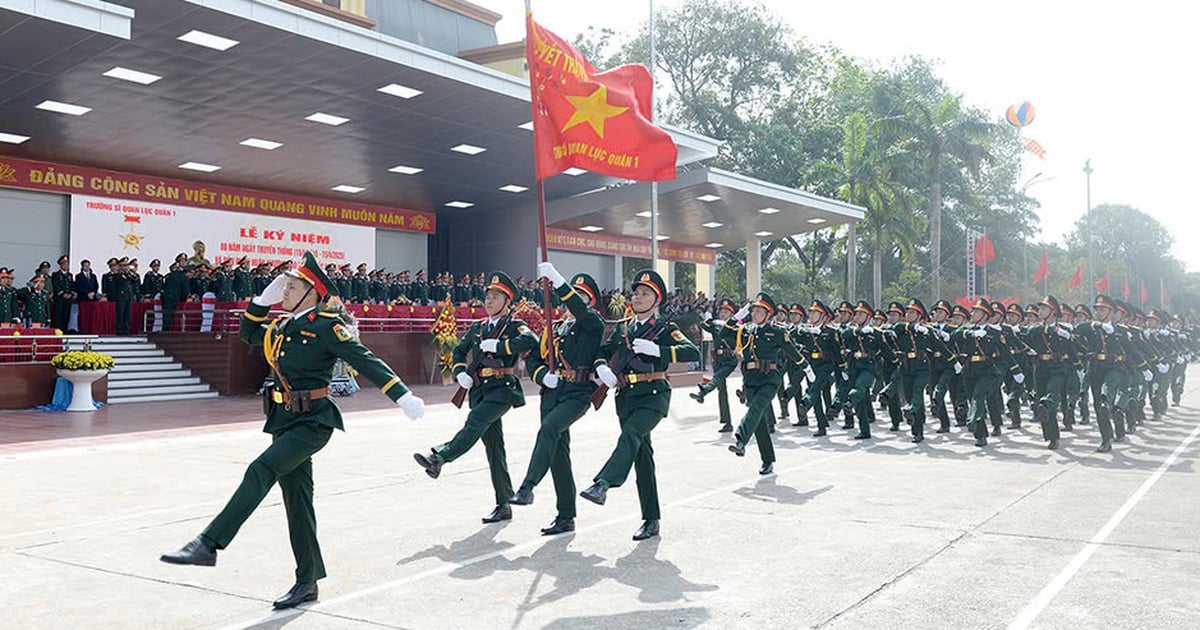
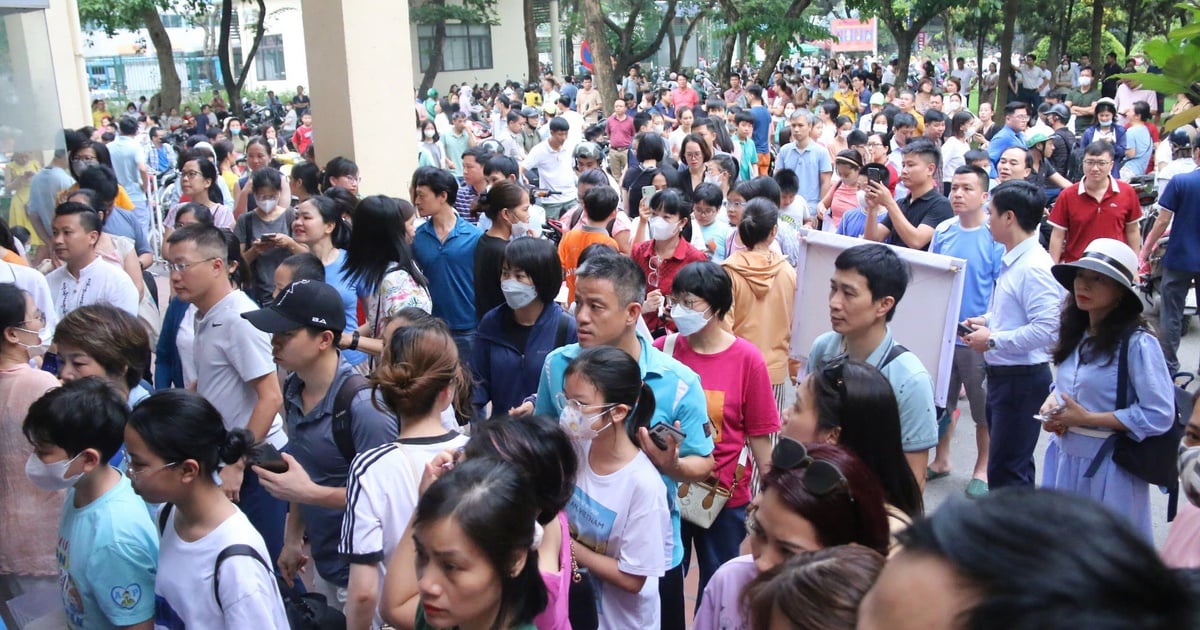


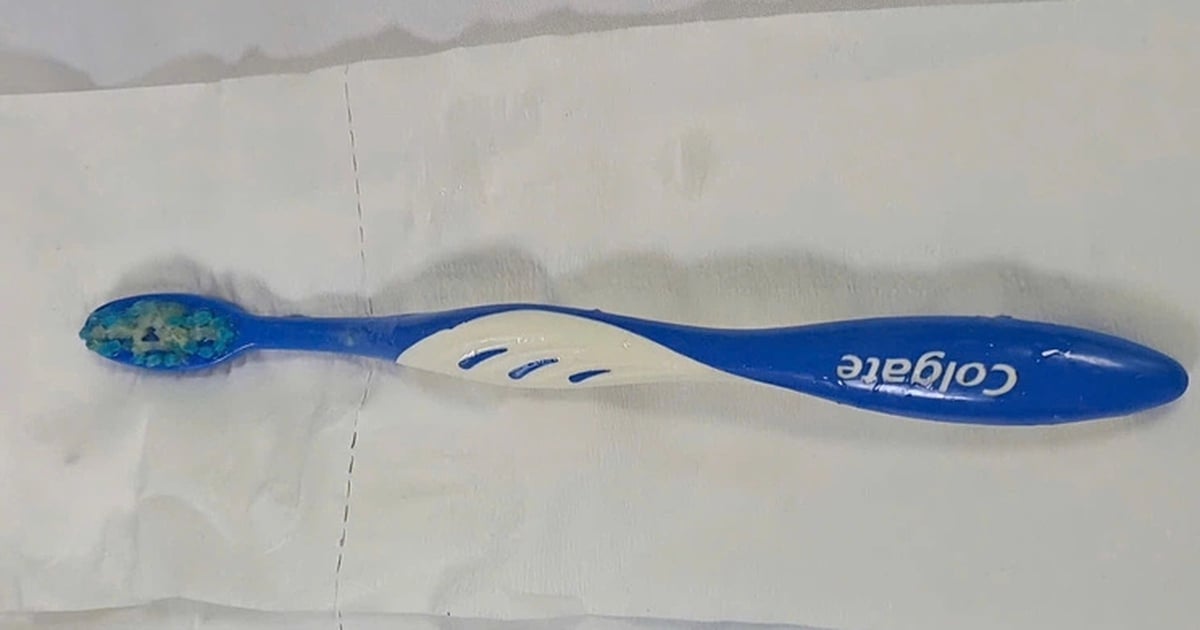

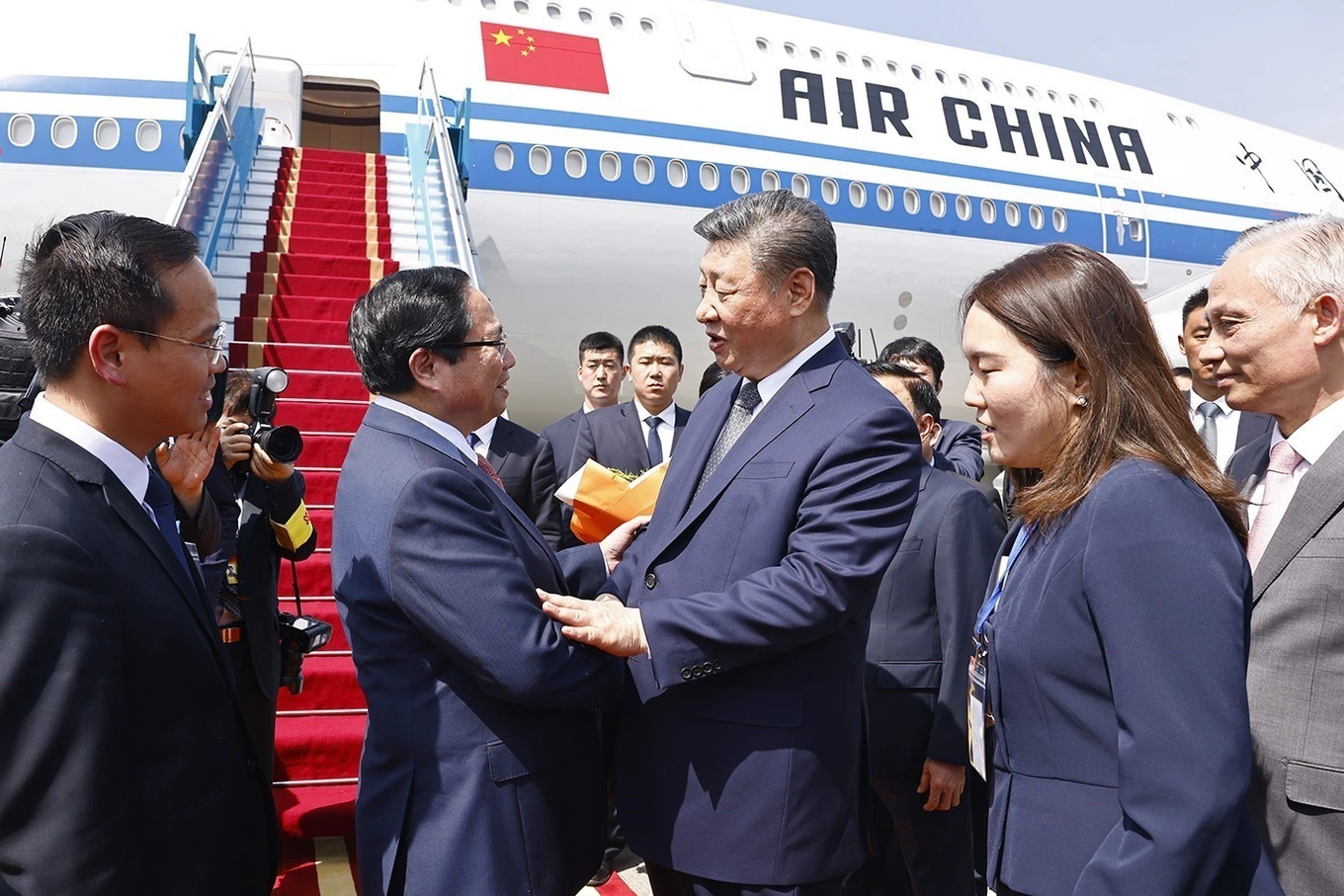





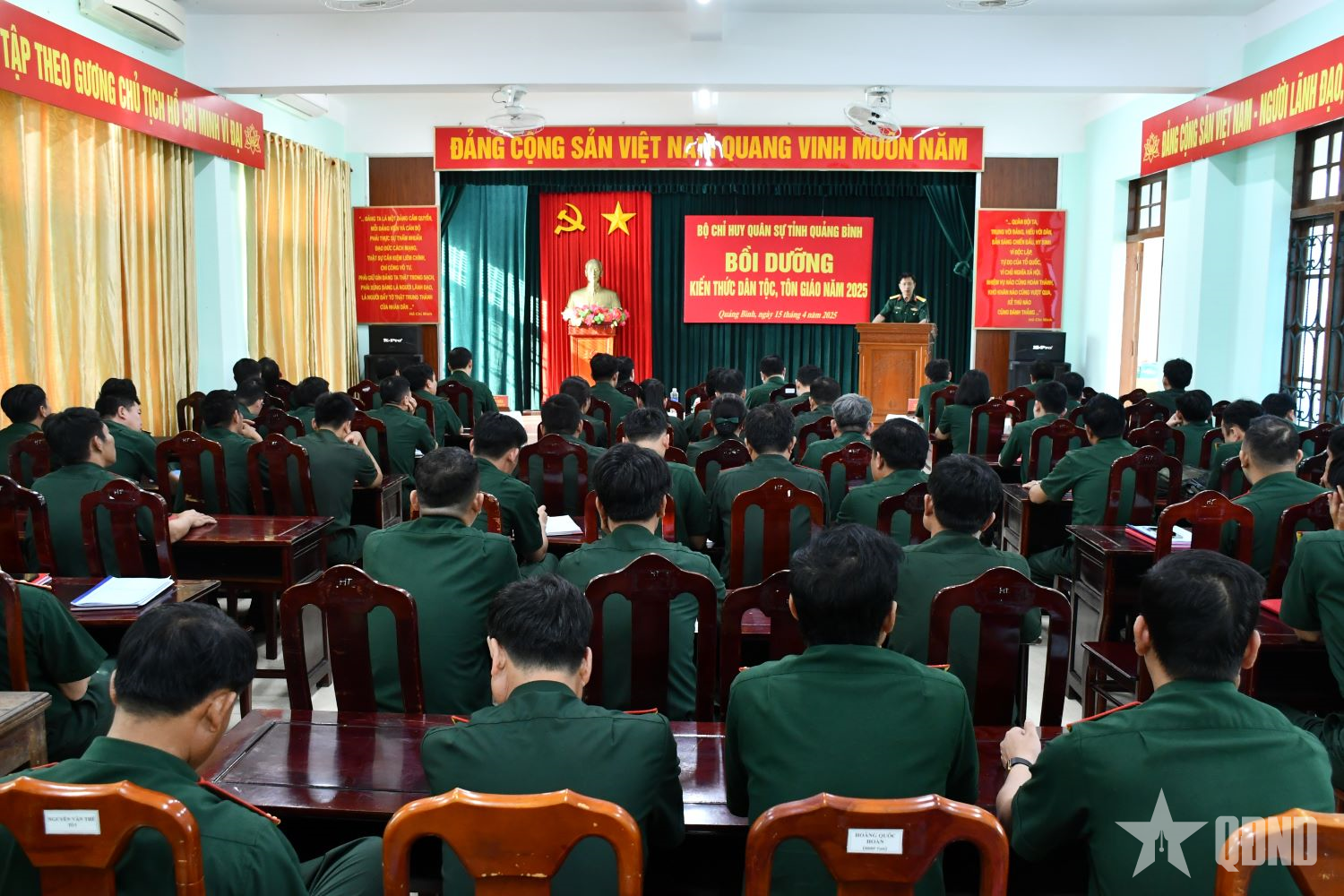



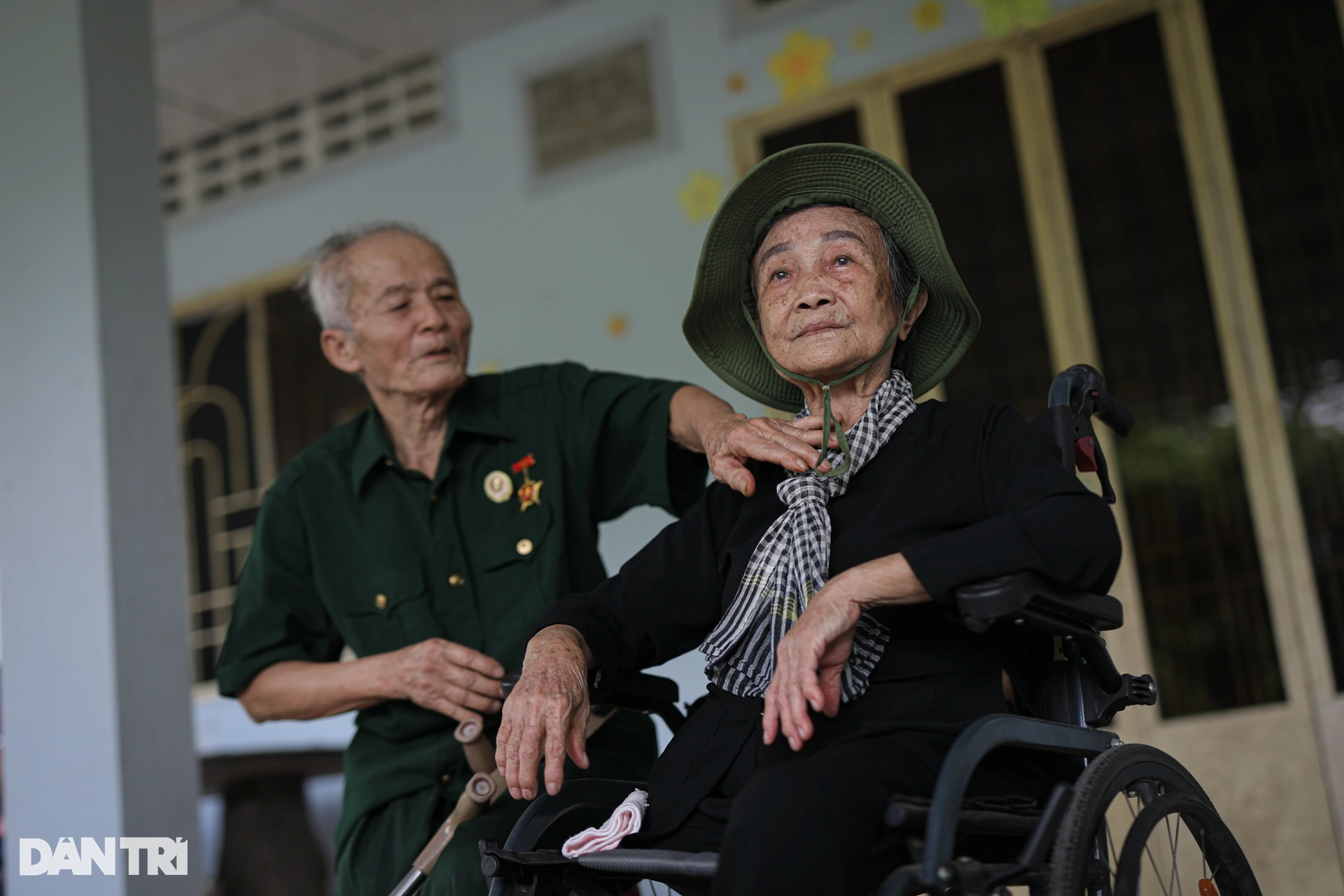

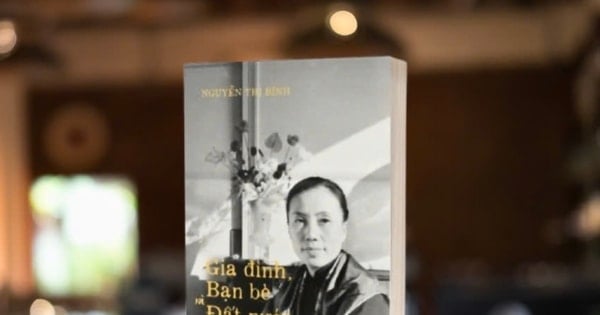

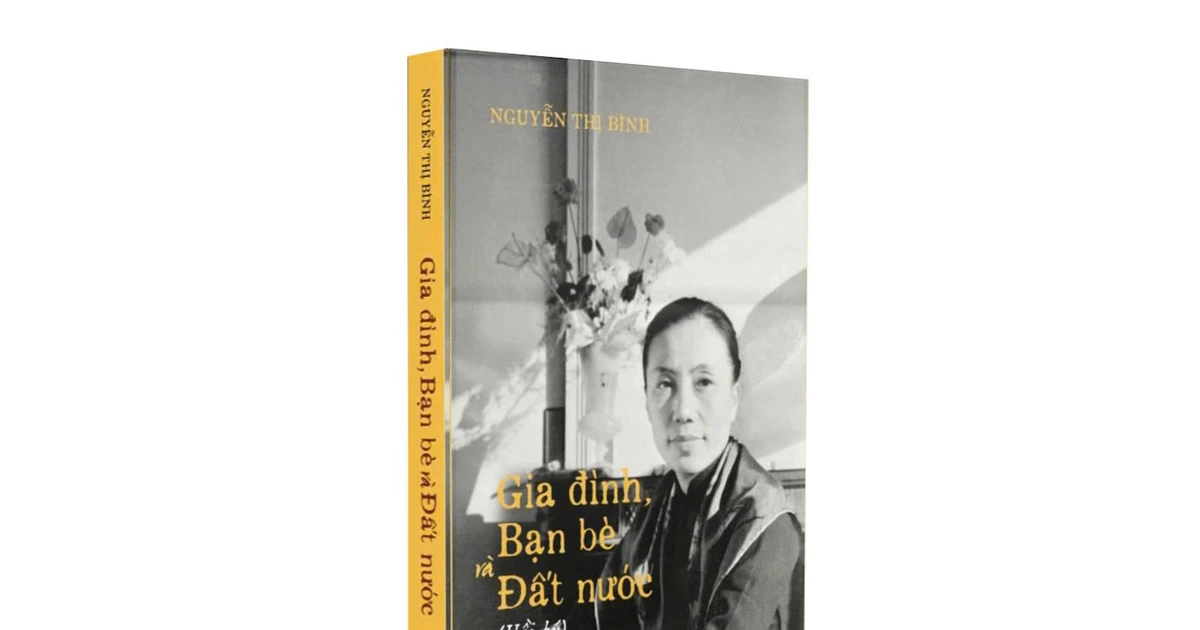

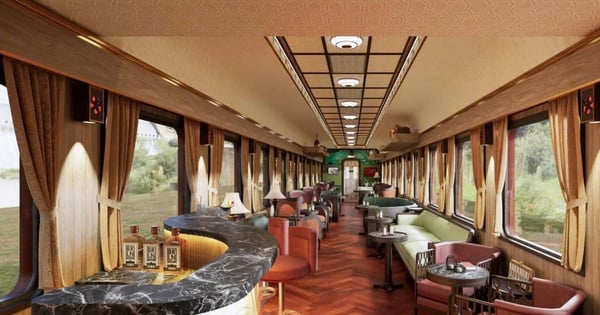



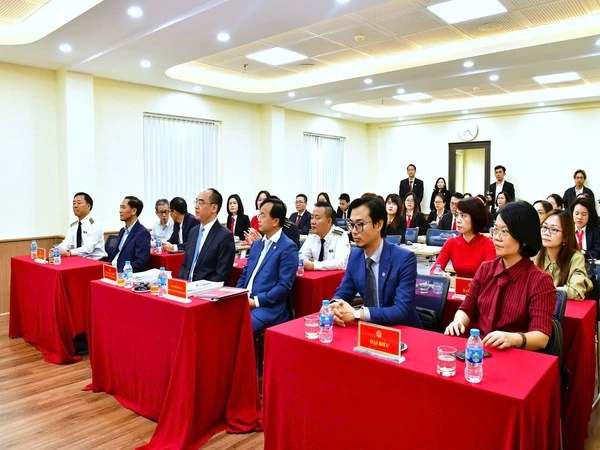
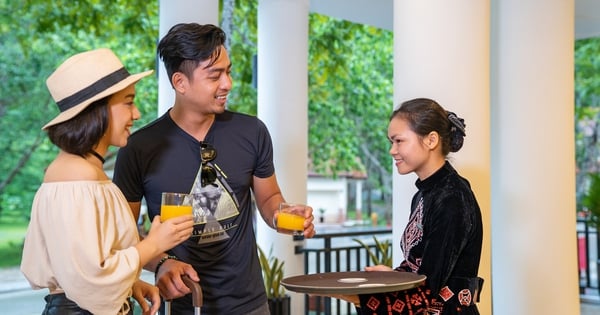


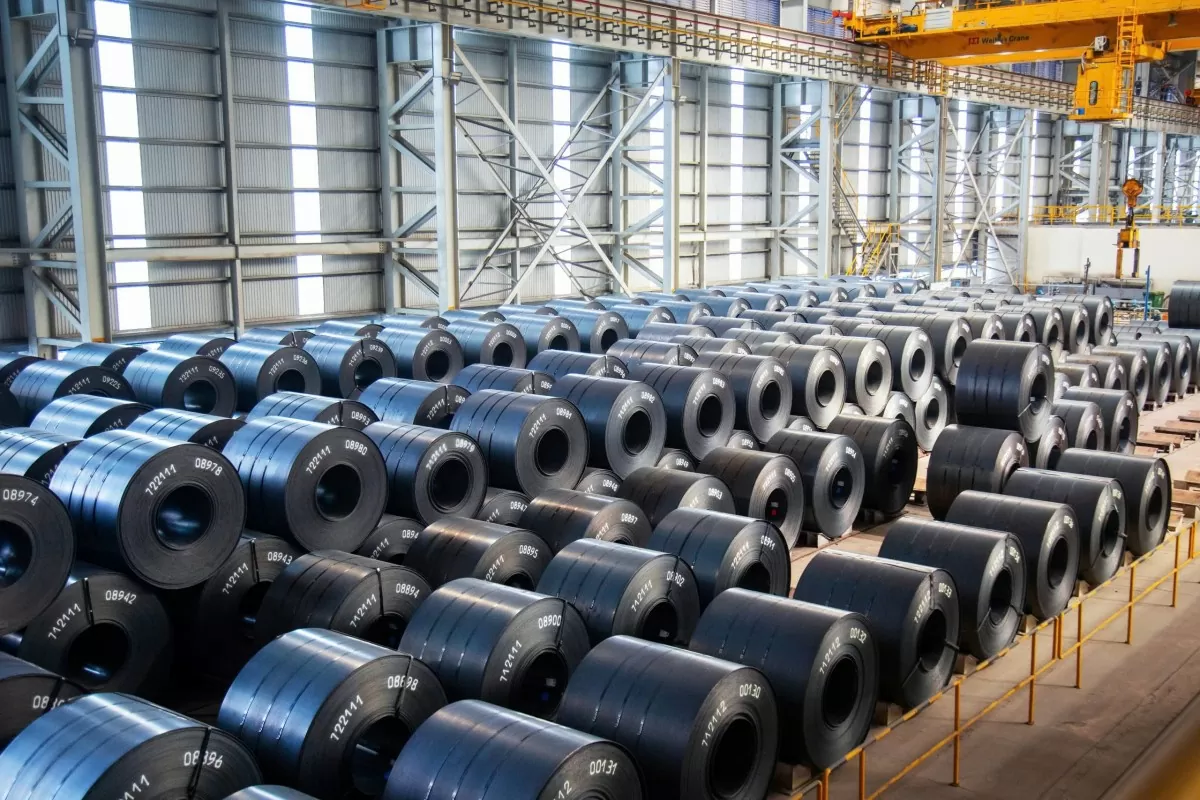

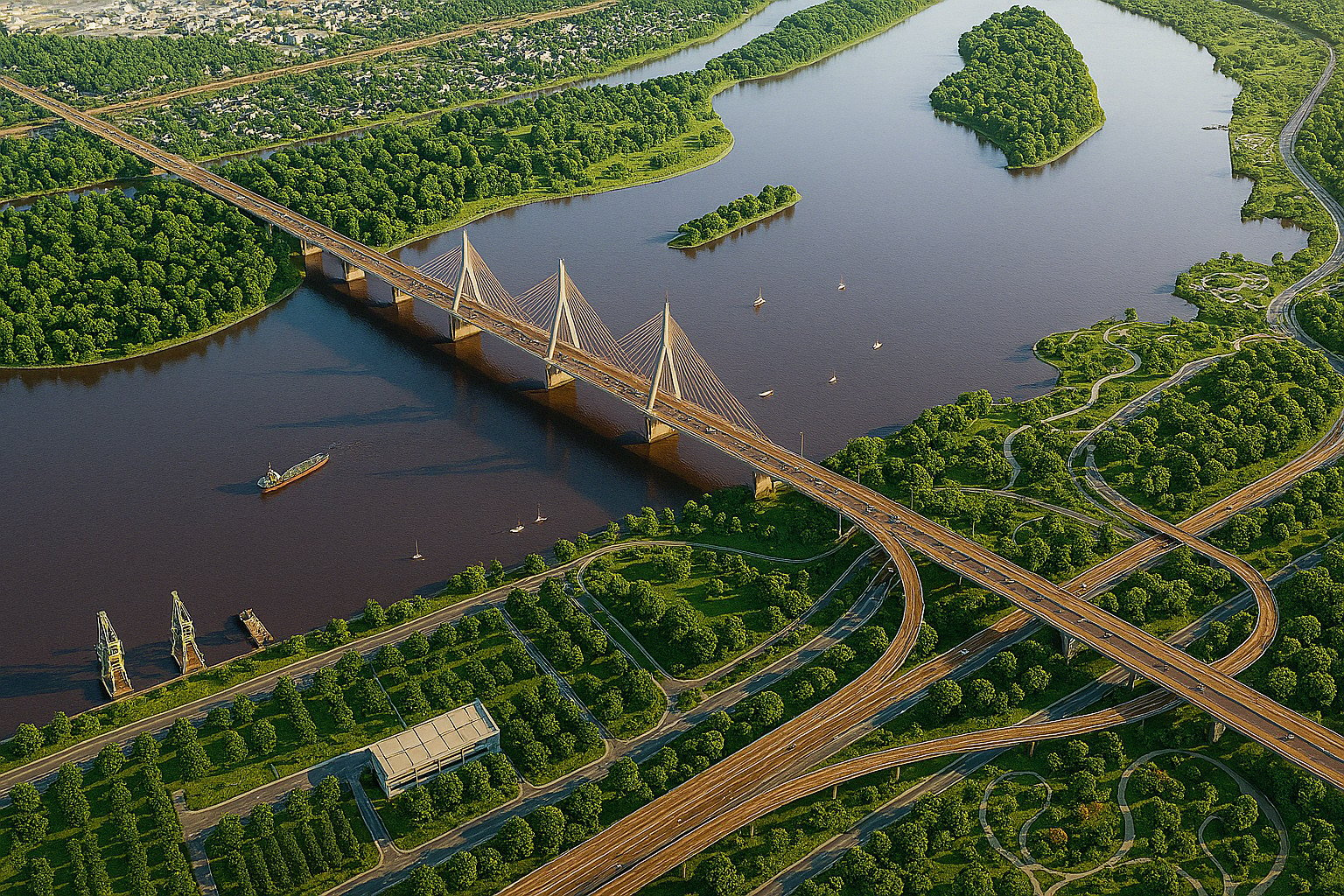

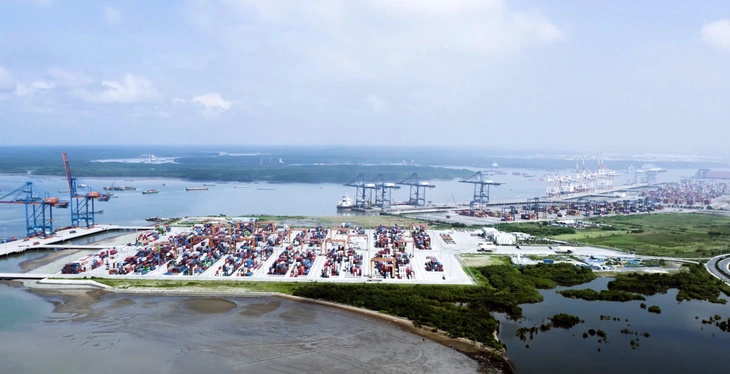
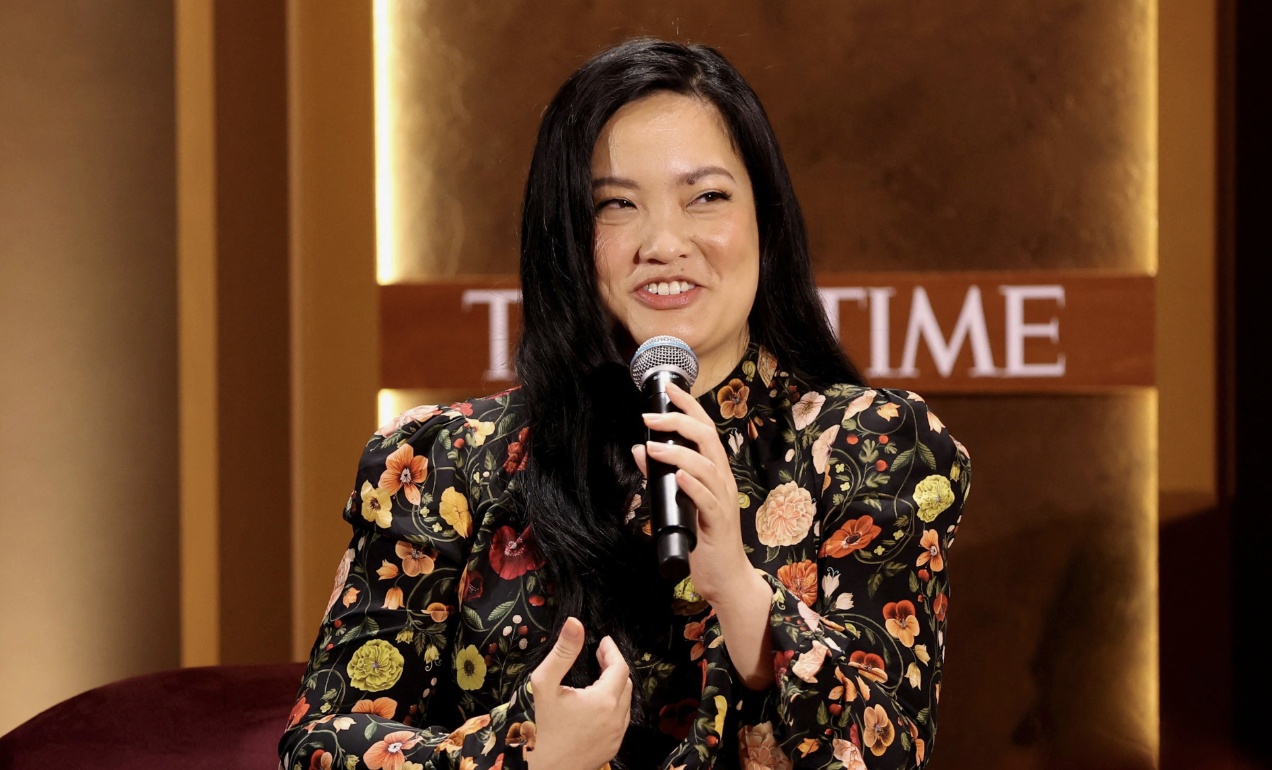
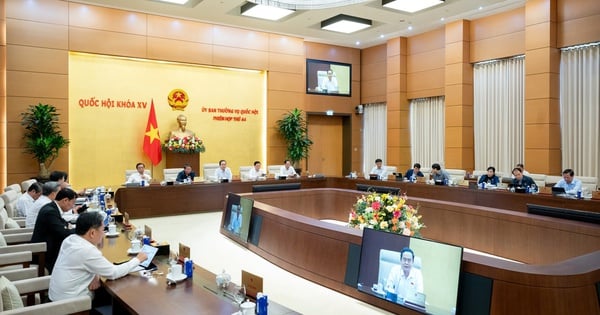

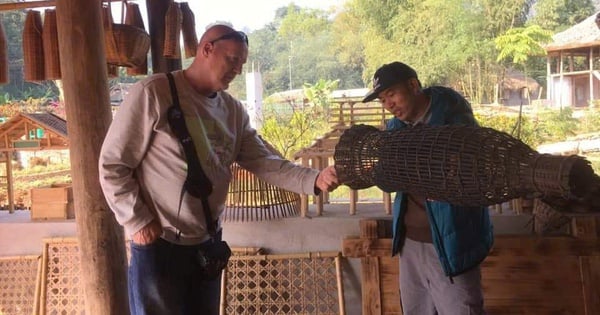

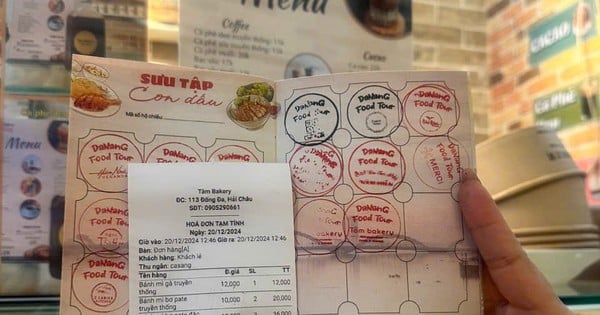
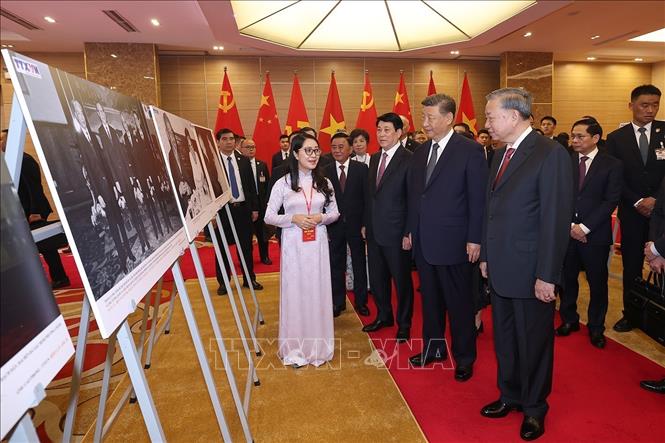

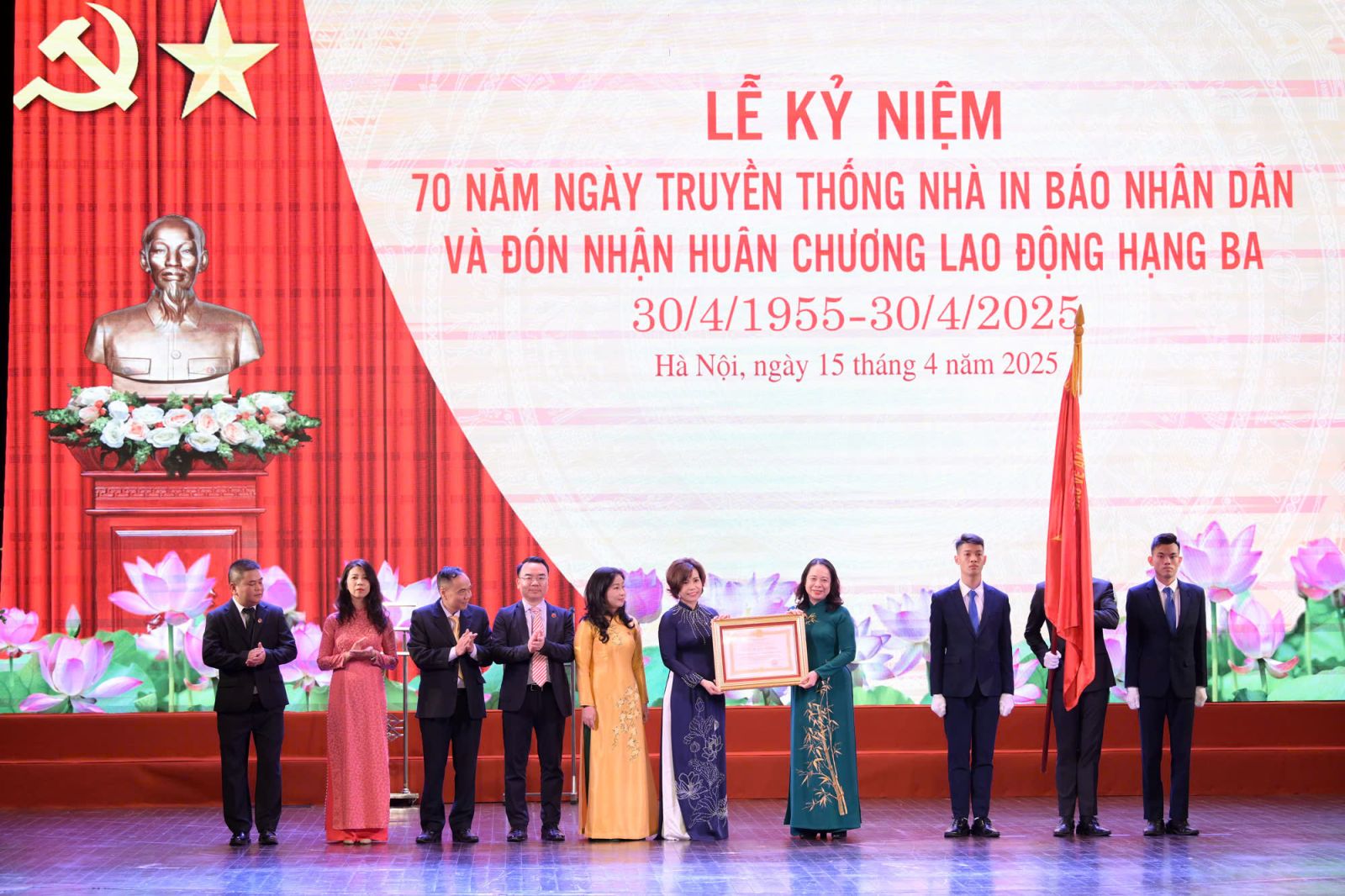
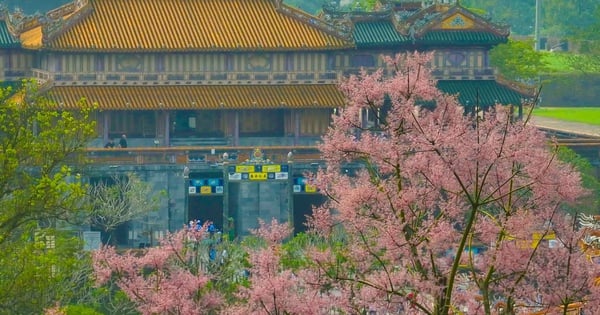
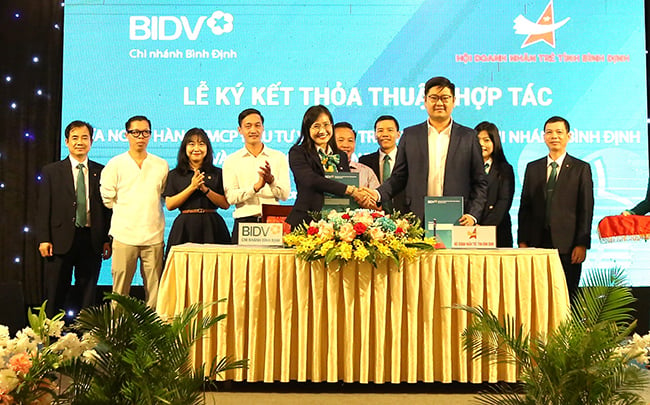
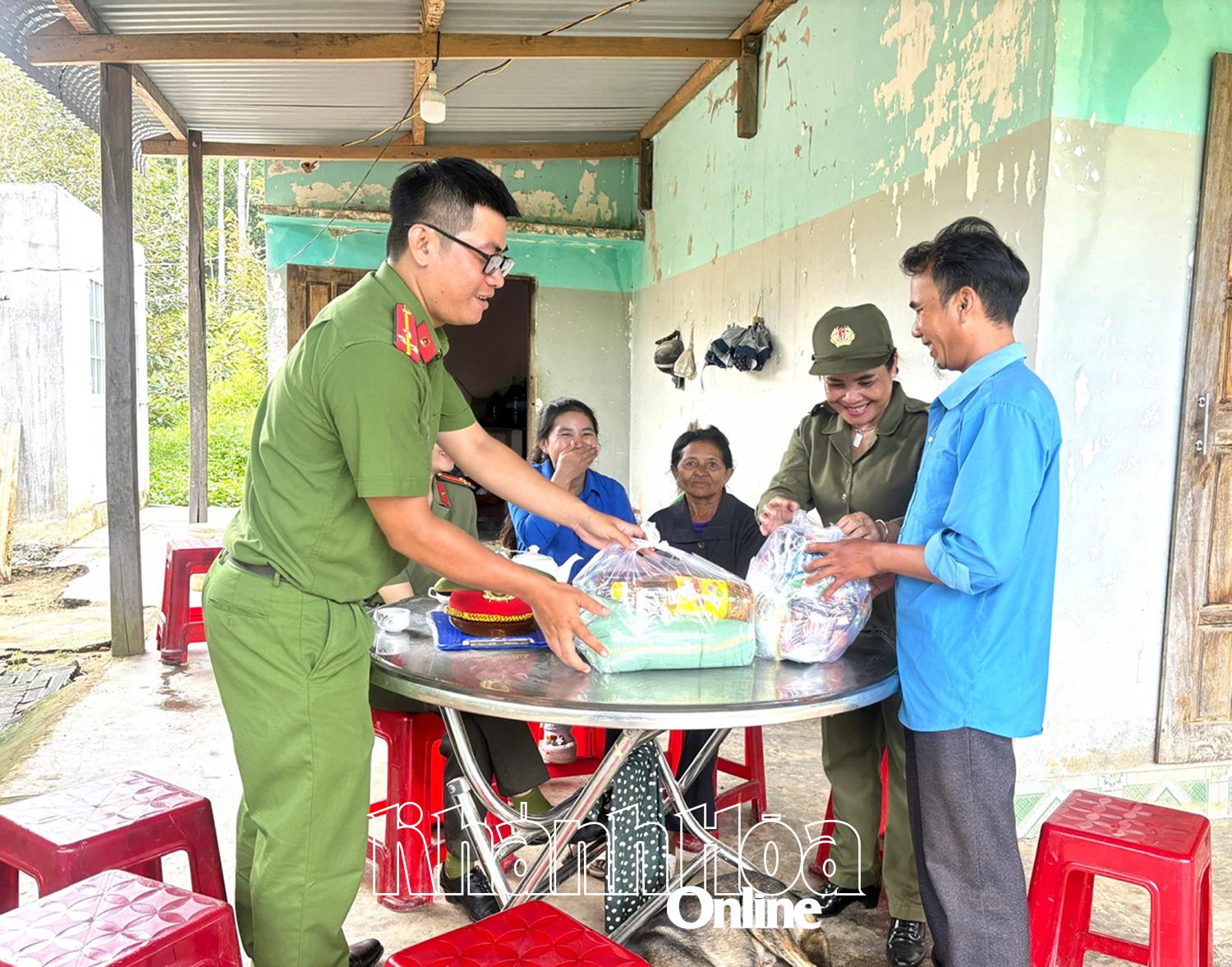

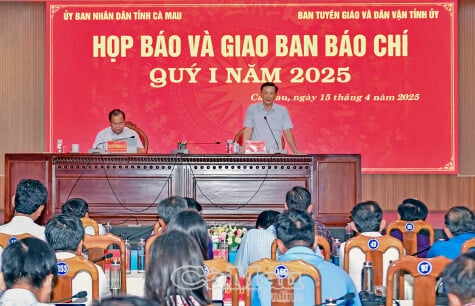
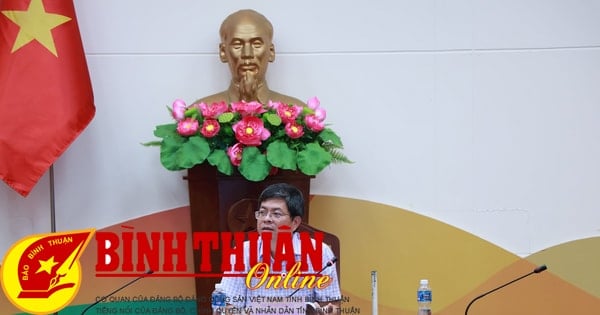


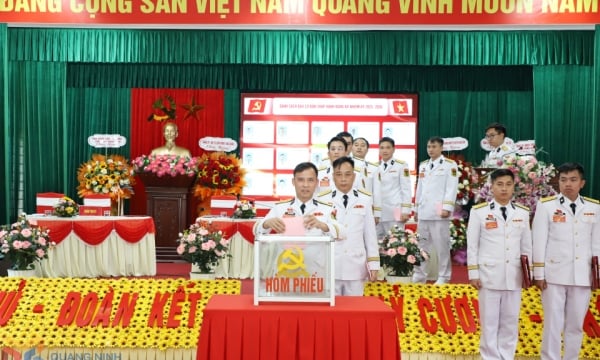


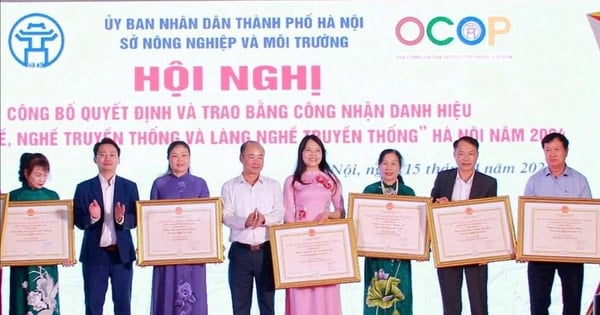


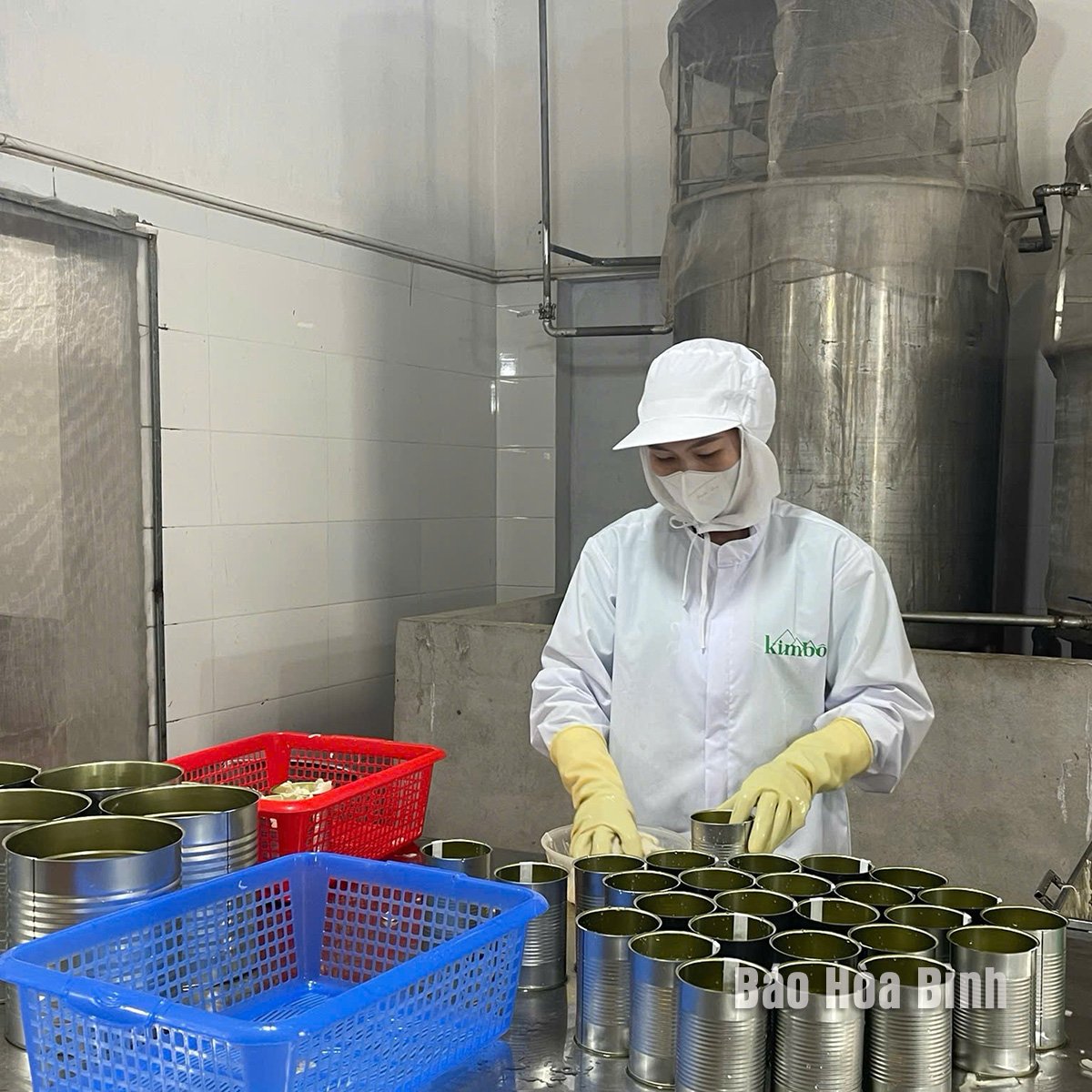

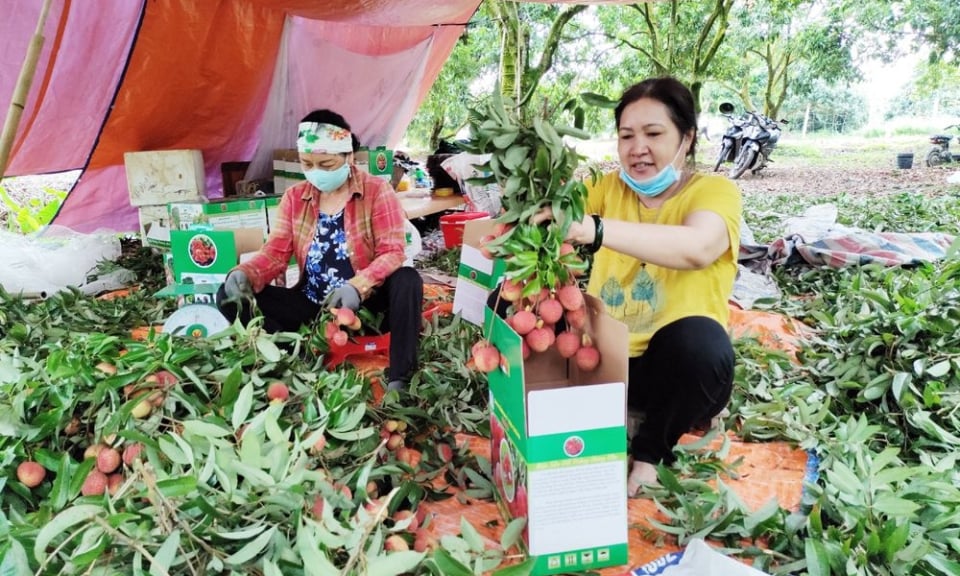


Comment (0)